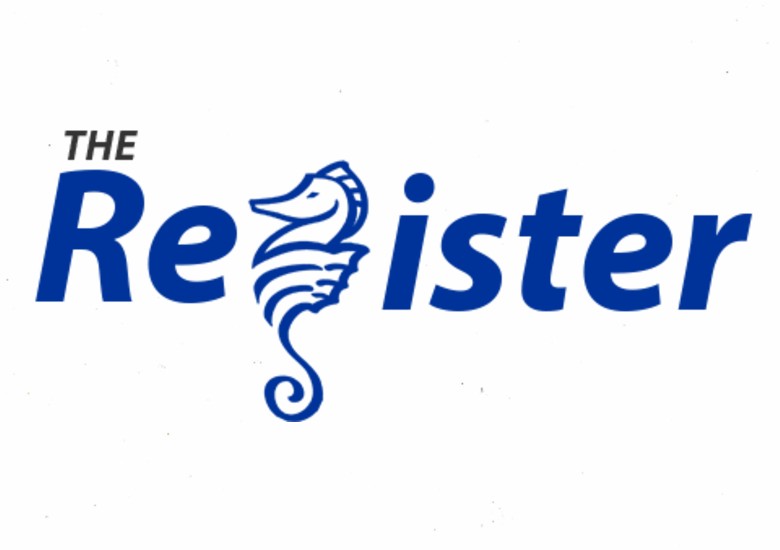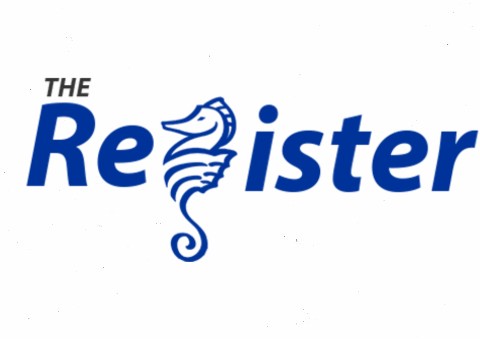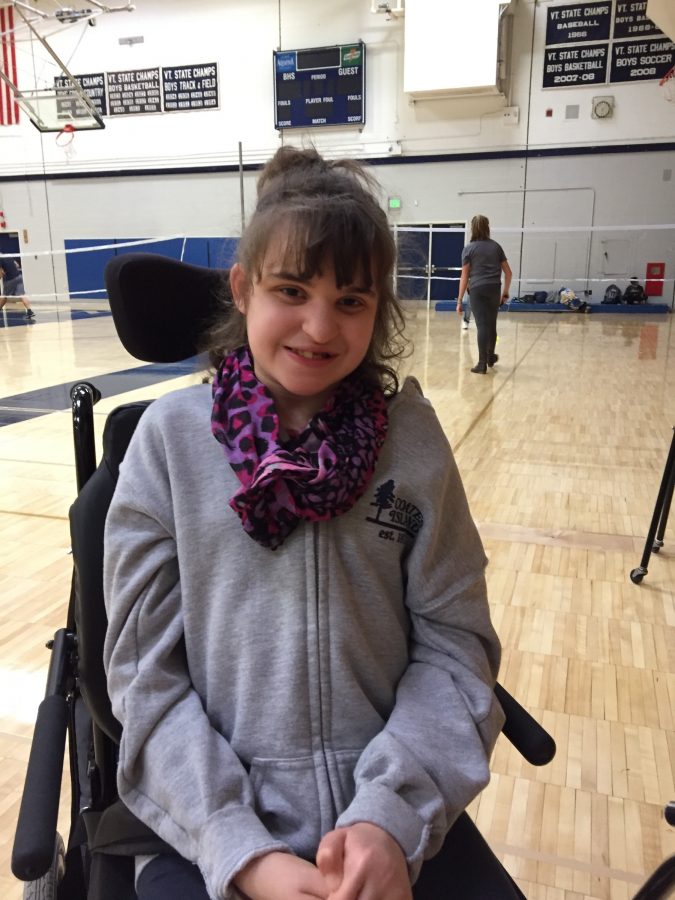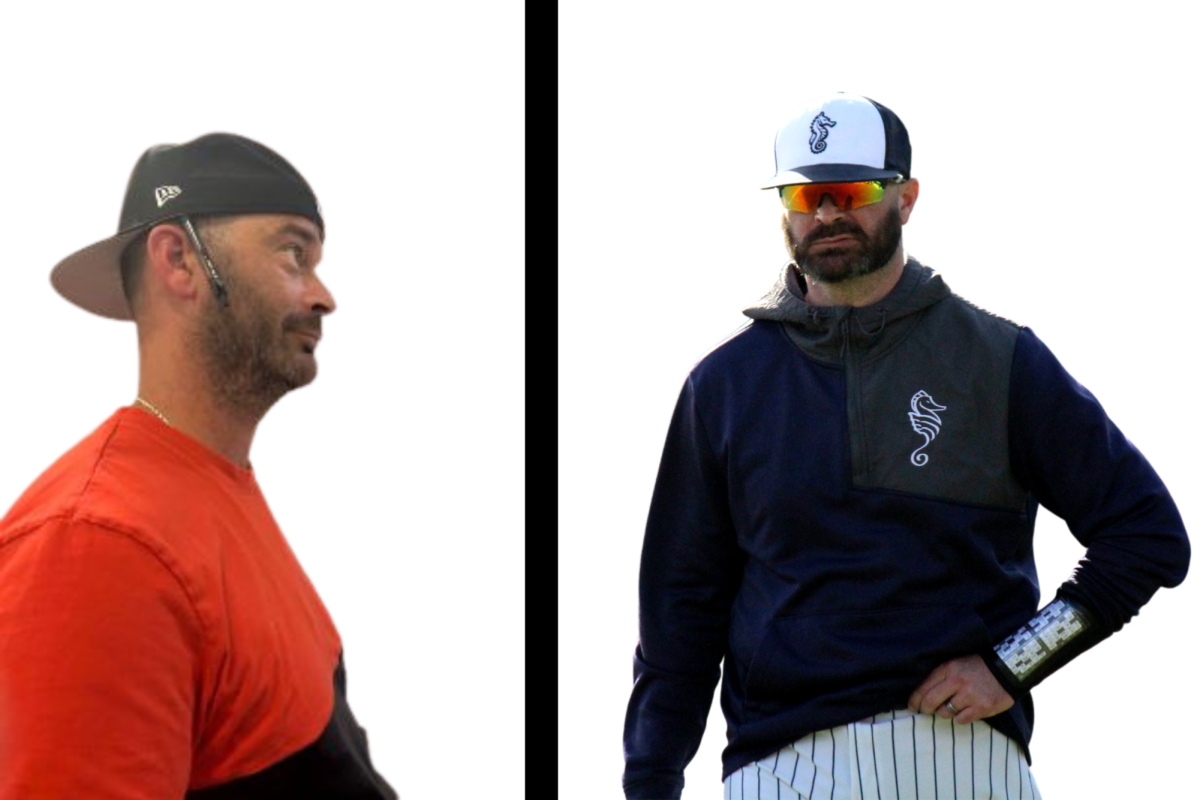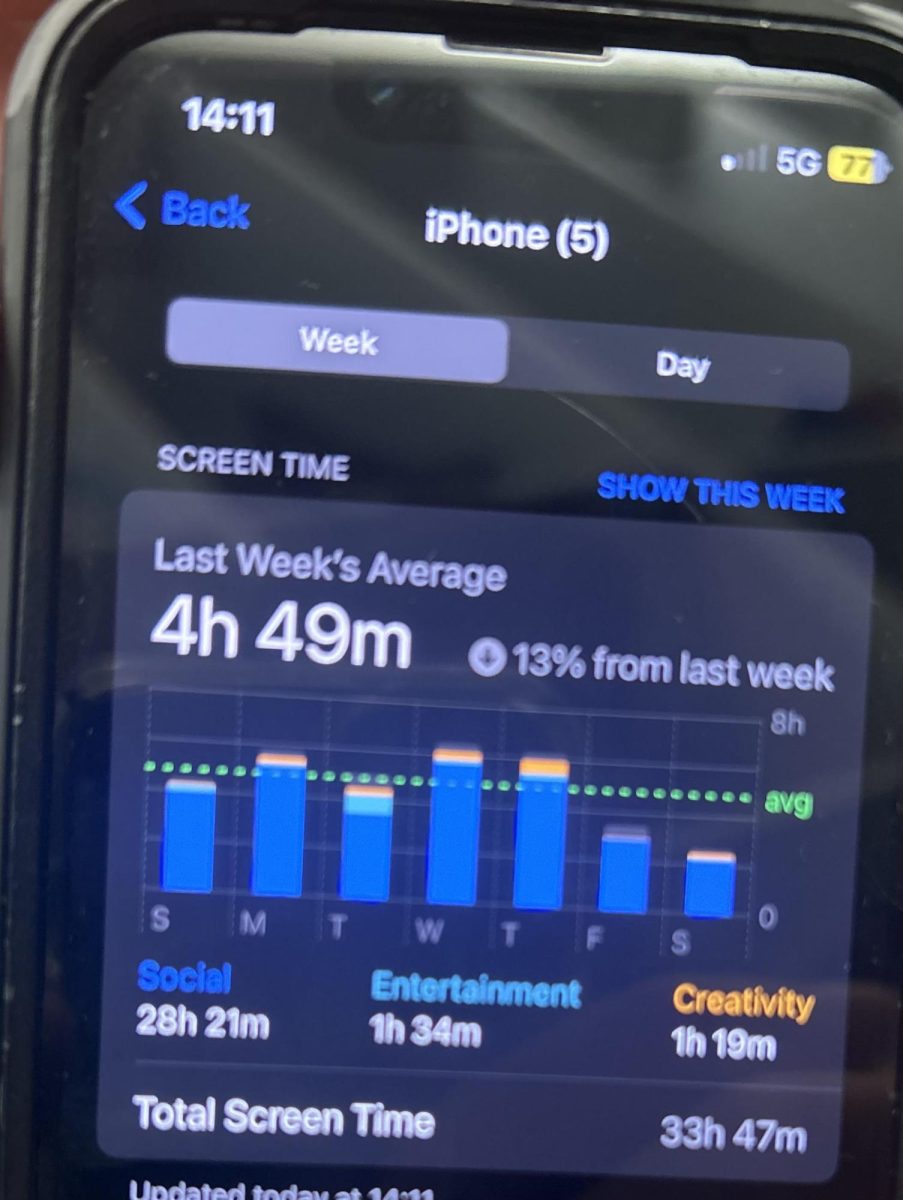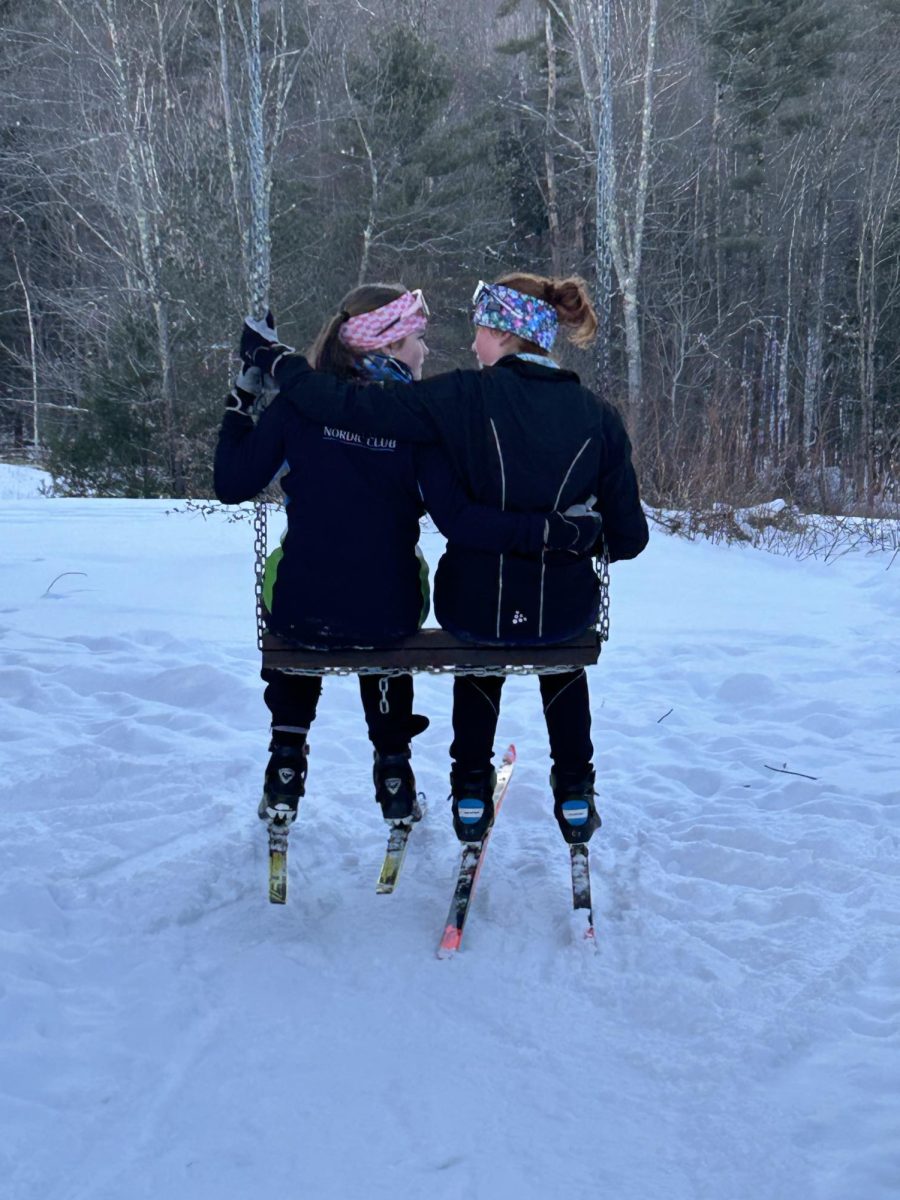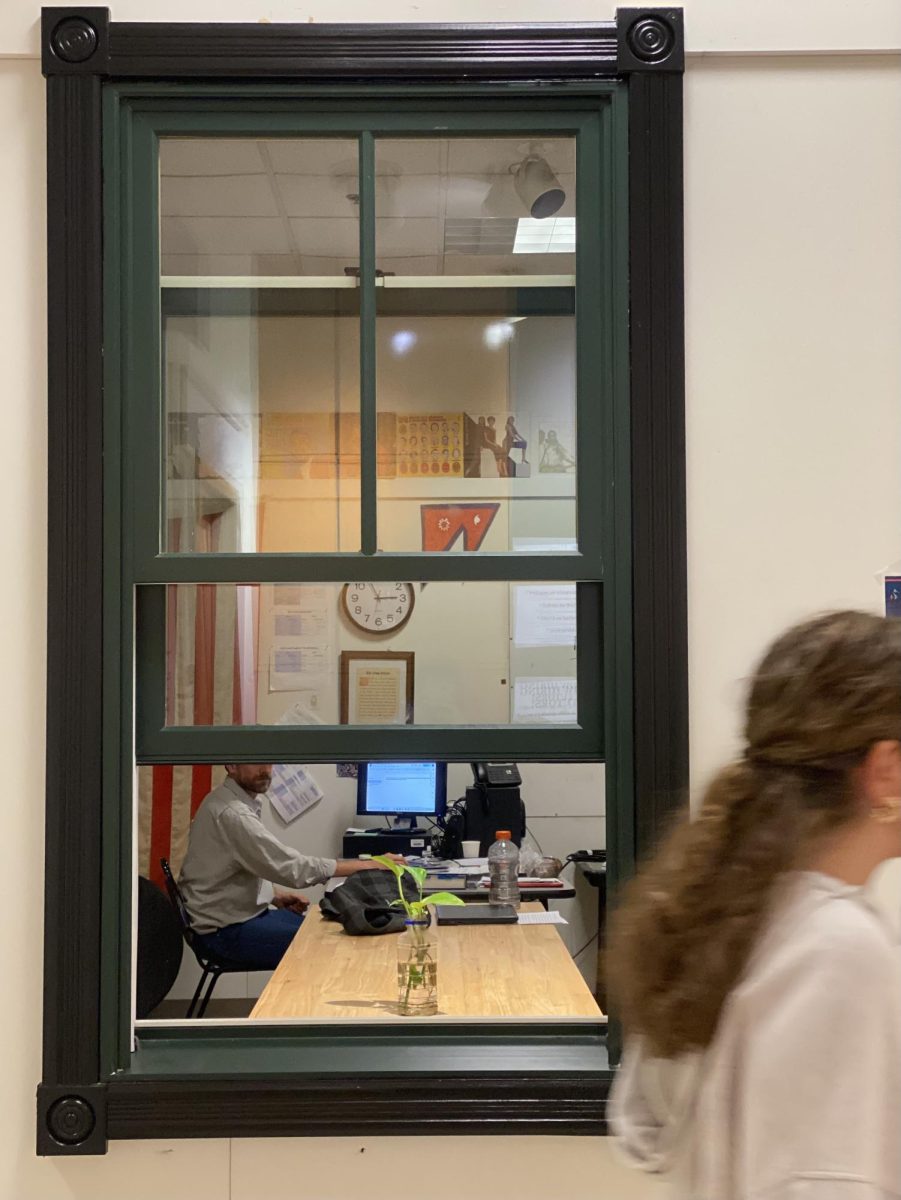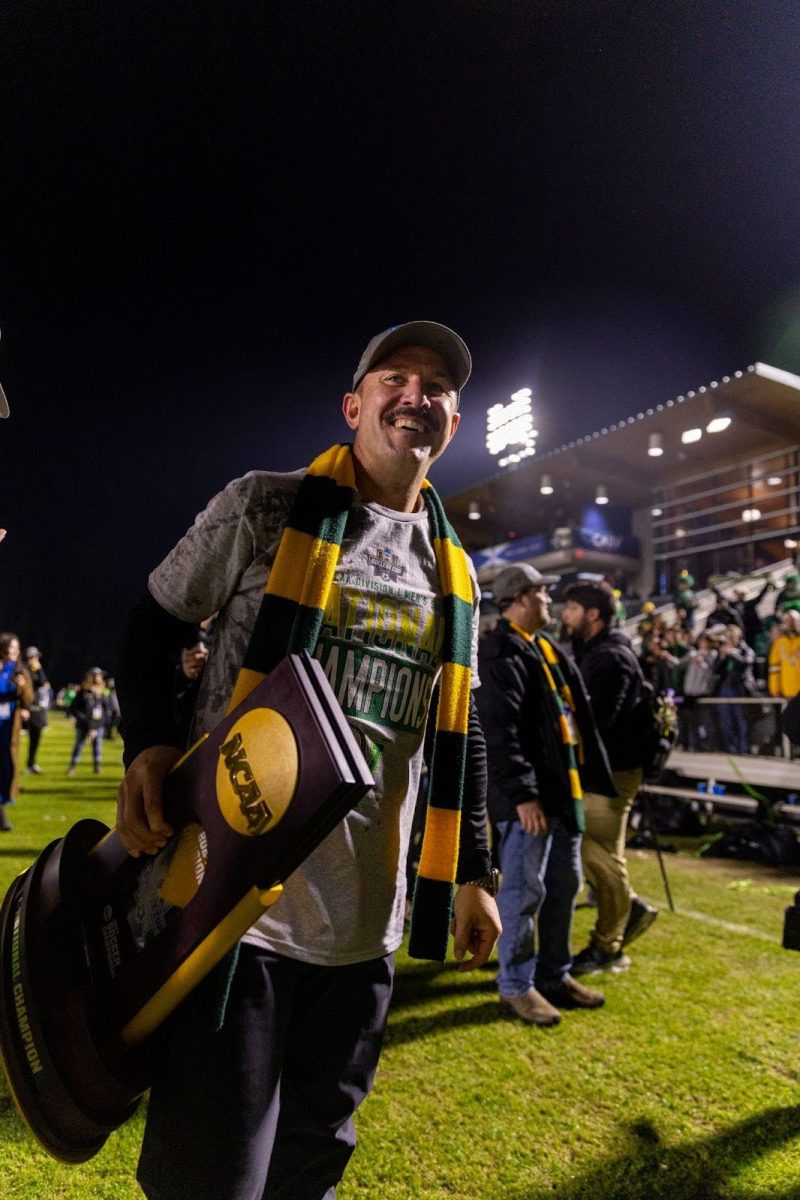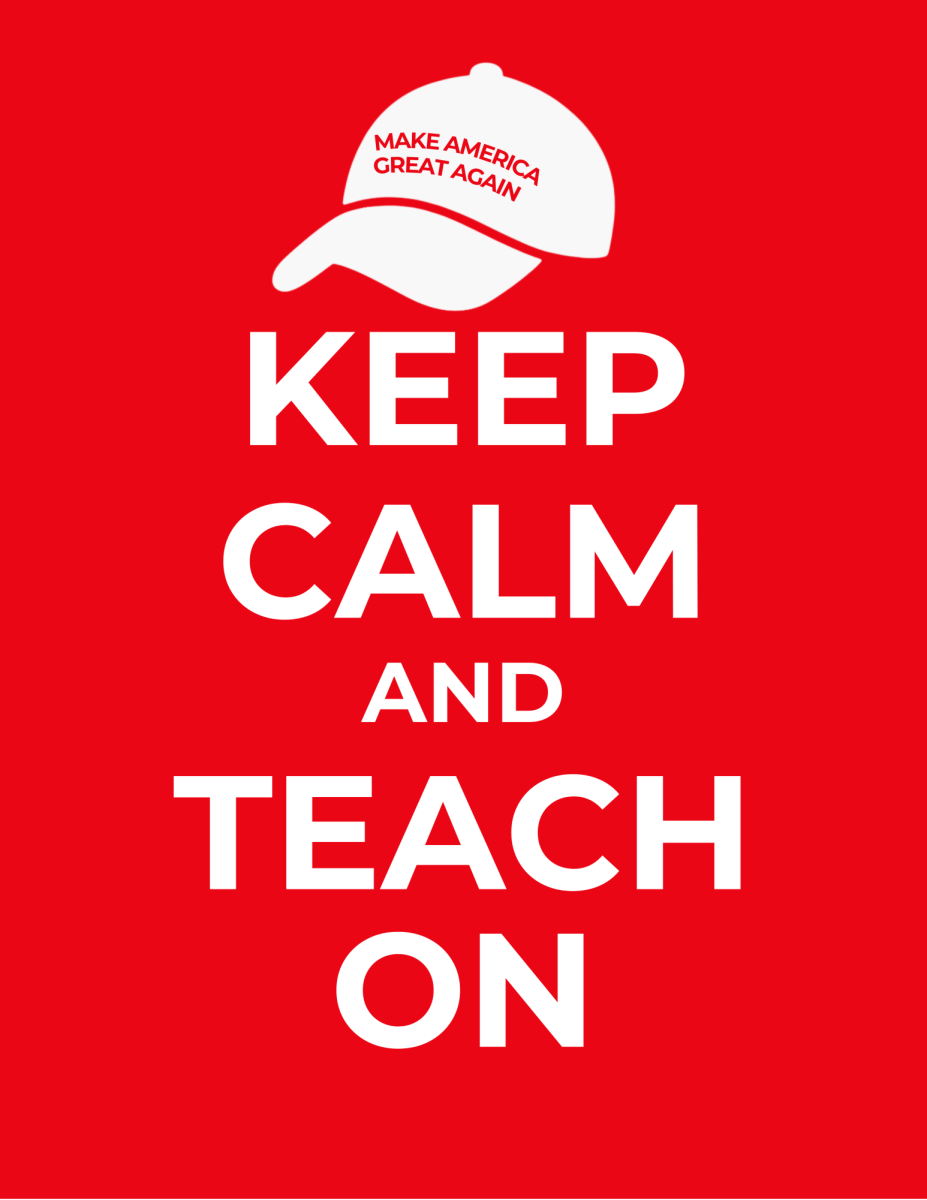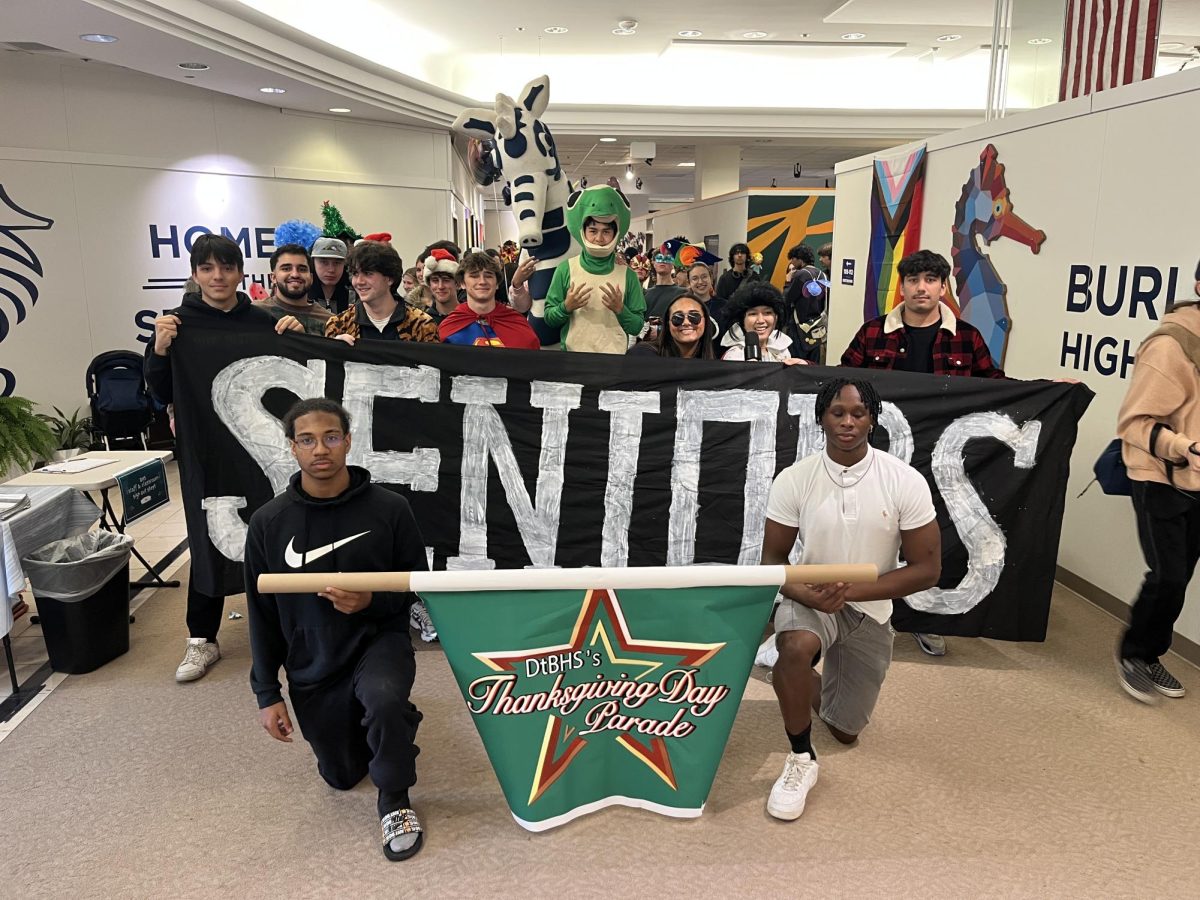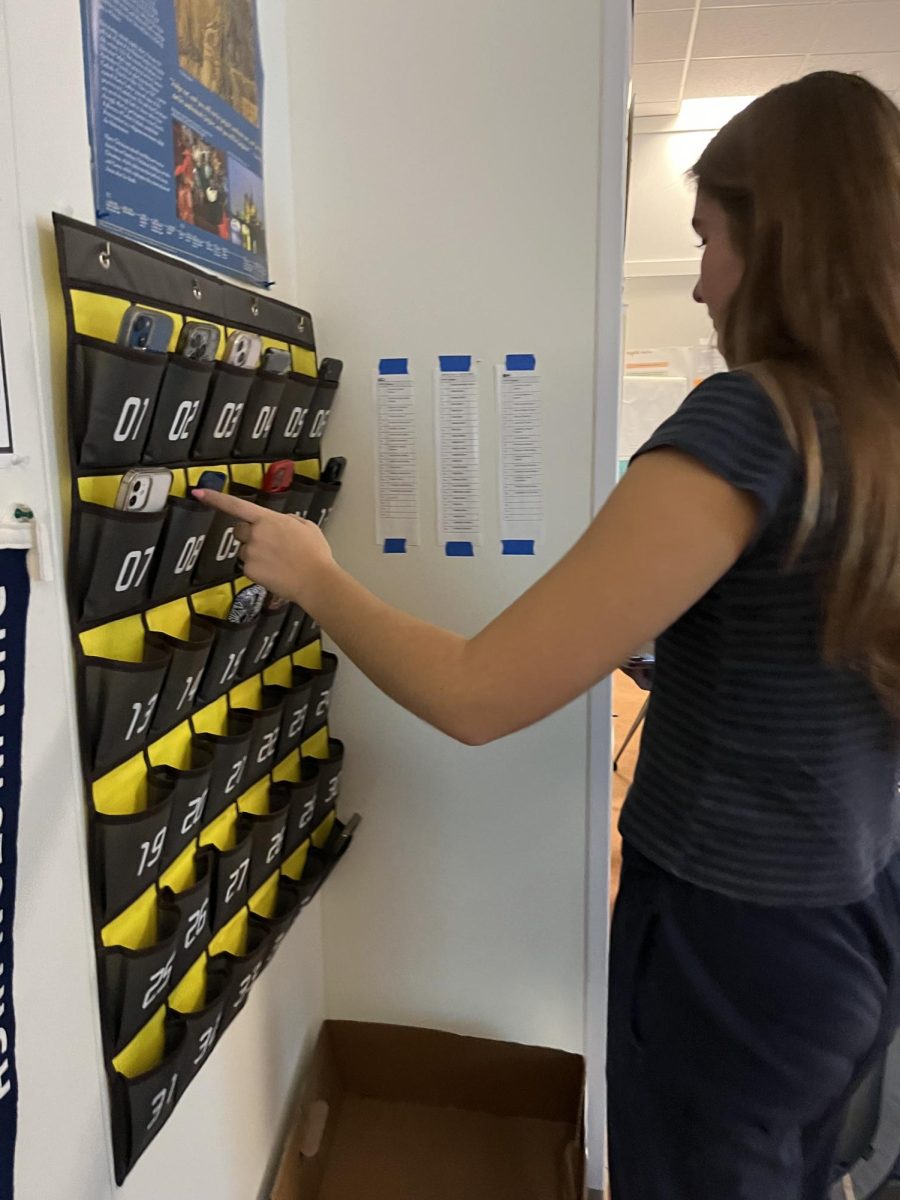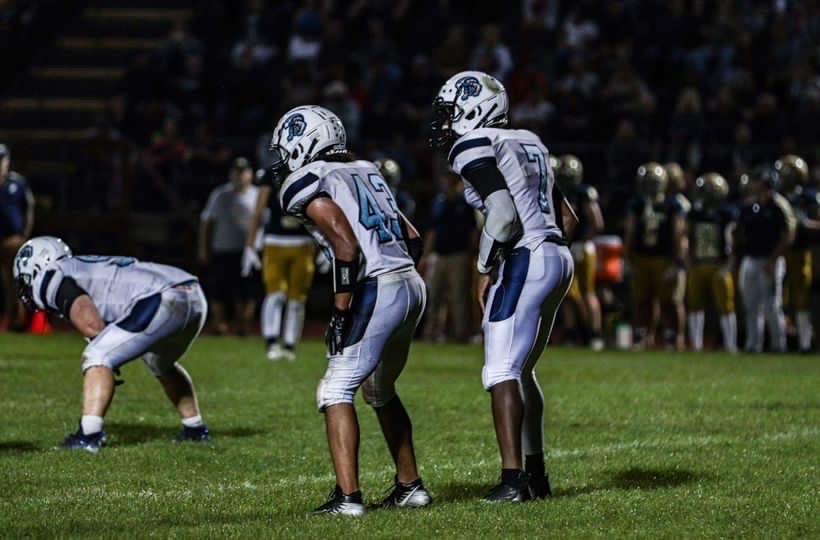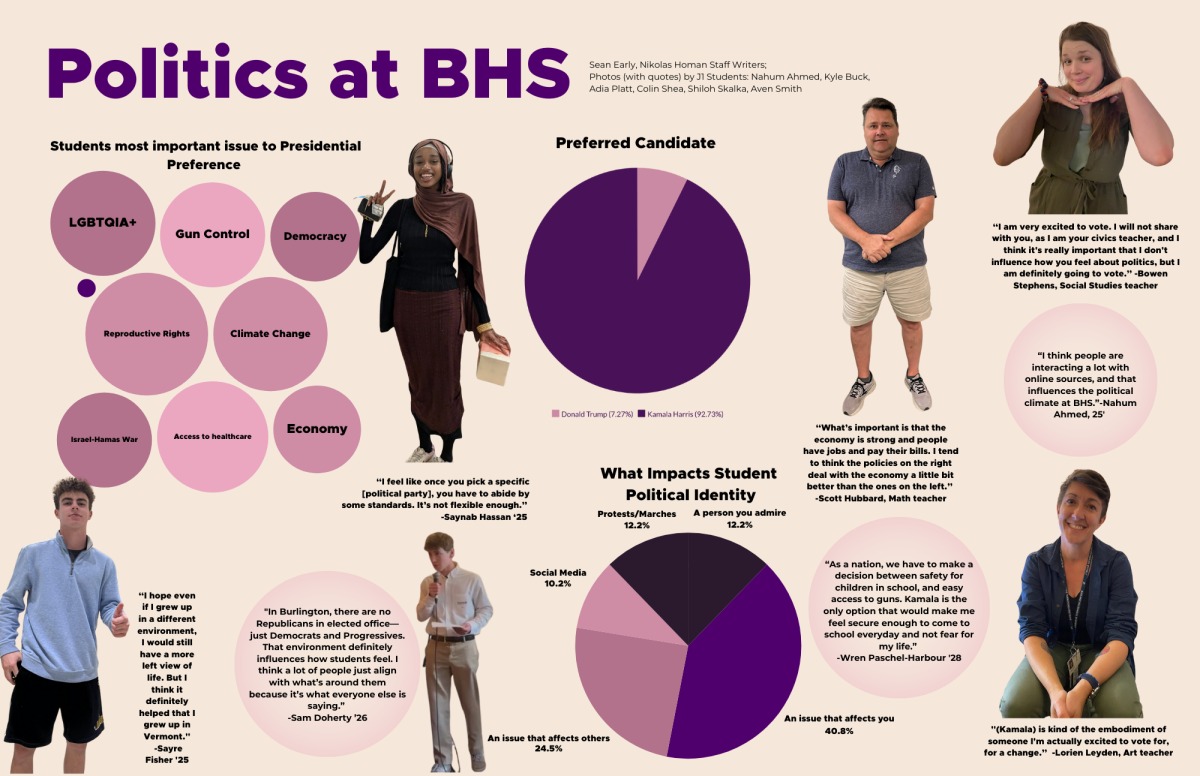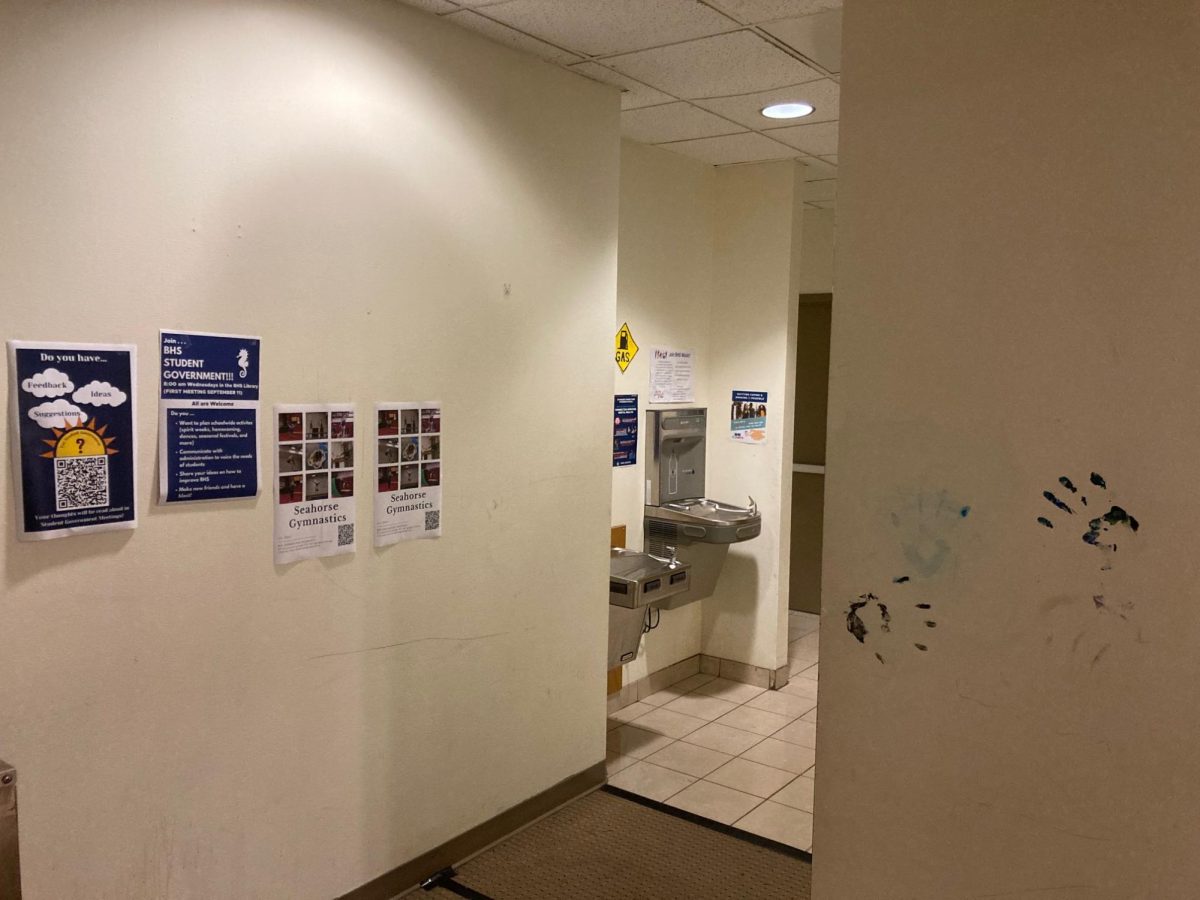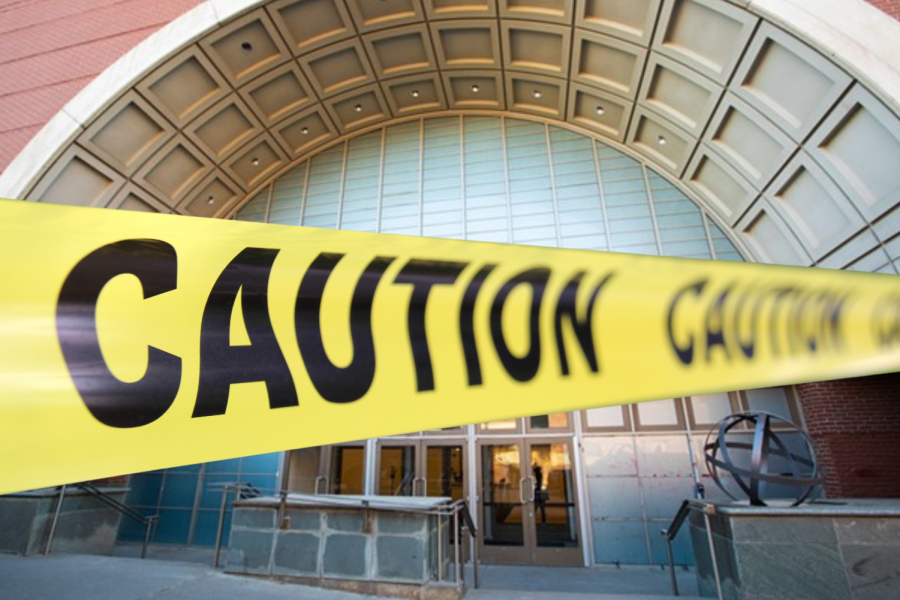White flakes from the surprising snowfall in mid-April sprinkled freshman Hannah Waterman’s hair after her dad helped her out of the back seat of their car in the morning. It was 8 a.m., just in time for her school day to start at Burlington High School (BHS).
One of the paraeducators who works daily with Hannah guided her from the parking lot behind A building into F building. On the bottom floor, they turned right, pushed the button to the elevator door, and waited for several seconds. The doors opened and the three of us crammed into the elevator, with little room to spare. The doors opened again and we walked into the suite of rooms where Hannah spends most of her day. Hannah proceeded to eat breakfast and watch a TV show on her iPad until her first class.
Hannah Waterman was born with Rett syndrome and cannot walk on her own, so most of the time she uses a wheelchair to get around BHS. This is the simplest route she has to take; the rest of her transitions throughout the day are much more complex.
One of the most complicated routes is the one to her Humanities class. The Register shadowed Hannah on this route. She travels with two paraeducators, Kathy Lothian and Sara Glynn. Sara pushes Hannah’s wheelchair and Kathy deals with traffic and doors. To move from F to C, we traveled through five buildings, one of them twice, took an outdoor walkway, and an elevator. The walk in total took seven minutes. For a student without mobility challenges, the walk would take two.
“It’s a severe concern that I have, that our building is inaccessible for students with mobility issues, that it takes an inordinate amount of effort and time to get places, to take classes that would provide an equitable education,” Tracy Racicot, BHS principal, said.
Shelly Waterman, Hannah’s mother, is frustrated by the difficulties Hannah has had at BHS so far.
“I think the biggest thing that I, as a mom, have found with the high school, in particular, is that Hannah has never been more physically disabled as she is by the current physical structure of the building,” Waterman said.
The Waterman’s are accustomed to fighting the physical world for Hannah’s education. There has been a long history of Hannah not getting the same opportunities as her peers.
“There were times where there wasn’t a plan in place for a field trip because we don’t have an accessible bus that can accommodate. It takes a long time to safely get Hannah on and off a bus, much like any other student that has mobility challenges,” Shelly Waterman said.
Many other physical barriers are difficult to manage. For example, there is no easy way to get on the auditorium stage, and classroom spaces are confined and it is hard to maneuver within them.
“Definitely with the high school, in particular, there have been much-needed updates, because not only is it the physical structure that puts a variety of barriers in front of people who want to navigate the building, but it also can have an impact on scheduling and students getting from one class to another,” Waterman said.
Seamus Stein, a junior at BHS, also has to take a complicated way to get from class to class. He was born with cerebral palsy which makes his leg muscles tighter, so he uses crutches to get around.
“Getting from place to place takes longer, just going up a bunch of stairs is more tiresome than the average person, even just walking takes more energy. It takes more energy to travel the same distance, to get to the same place,” Stein said.
For Stein to travel even one floor, from B building to the second floor of C, involves a labyrinthine route.
“I would have to go to the Latin room for example, since there are no elevators in C building. So I have to take an outdoor route to the lower floor of E building, take an elevator to the second floor of E, and use that ramp to go to the second floor of C, just to get up one floor. If there was just an easier way that would be helpful,” Stein said.
The district has taken steps recently to increase accessibility within the building. A new ramp in the lobby was installed over the last school vacation. This is to replace the ramp outside of A building that does not connect to the lobby and is exposed to the elements.
Most agree that the ramp is a large step toward improving accessibility at BHS, however there are still changes that need to be made in order for it to be used to its full capacity. For example, the main doors do not have a handicap button, so many people with physical disabilities cannot get in the main doors without help. So, someone needs to open the main doors for them or they have to use the old outdoor ramp to get to a door with handicap accessibility.
“The ramp in the lobby is good. It hasn’t been that useful to our family yet just because it’s hard to get in the building, and once it’s easier to that’ll change,” Kate Stein, Seamus’ mother and the chair of the ReEnvision BHS committee, said.
The ReEnvision Committee is peopled by parents and is proposing a full remodel or replacement of BHS facilities.
“The specific goals of the reenvision are to get a building that is accessible for all as well as, and very importantly, works for all students and all teachers. To me it’s very exciting because the vision that we have and is still being developed will bring us up to the 21st century,” Kate Stein said.
The renovation will focus mainly on accessibility, along with other updates such as more modern, spacious classrooms, stronger wifi, and additional bathrooms where they are lacking. Meanwhile, over the summer ramps in the chorus room and remodeled elevators will improve accessibility.
Shelly Waterman is in full support of a remodeled building but wants updated training in addition.
“Every single student benefits in some way or another from all of us learning as a community, and learning about what makes us different and what makes us similar. That is the piece of our diversity and culture that we don’t talk about,” Waterman said.
She also believes that there’s still a lot of stigma around disabilities that need to be addressed.
“If we did [address accessibility] we would see less stairs and more ramps. We’d see less curbs more curb cutouts. We would see more accessible parking and less people abusing parking spots,” Waterman said.
Until then, Hannah and Seamus will continue to have to work harder for their education.

